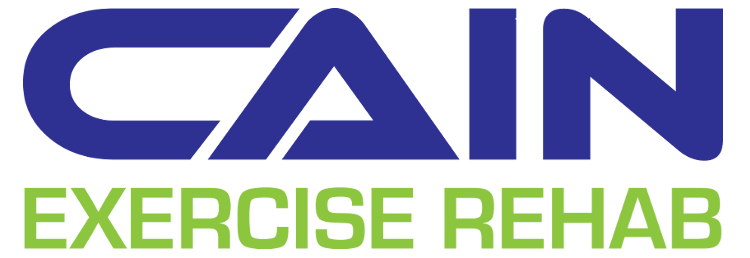(Funny enough, I always thought that I'd be a knee-guy while in college, due to my running background. What's more, the shoulder was the most difficult joint to get my head around in school. I guess studying actually pays off?)
 |
| Go figure. |
Your Posture Probably Isn't The Problem
I speak a lot on the fact that there is poor correlation between bad posture and future incidents of pain. There are too many individuals out there walking with forward heads and shoulders but no discomfort and vice versa.
Stretching Does Not Make Unstable Joints Happy
Thank goodness, the fitness industry seems to be tapering off a bit from the whole mobility craze that it went through. But I digress, I still see numerous individuals trying to stretch and traction their shoulders to proper health.
No, I'm not saying that joint mobility isn't important. But fairly enough, we went through a bit of an epidemic of fitness buffs non-specifically stretching their joints to the point of laxity with bands. Shoulders often hurt because they're, in simple terms, too loose. And stretching something in this condition will not improve the situation.
Warm Up, But Not Just Your Rotator Cuffs
So we turn to strengthening and warming up. Many individuals think that the rotator cuff muscles are the end-all for shoulder health. After all, their function is to stabilize the head of the humerus (the ball) in the socket.
However, what we don't always realize is that rotator cuff muscles are often simply overworked. Proper strength to control the movement of the shoulder blade is vital to shoulder health, so warming up and exercising the ability to protract, retract, and glide the scapula is key.
Your Upper Traps Are Not Your Only Traps
The upper traps seem to be the bane of many people's existence. The stress tension collects there, they take over other muscles' jobs, and the pain can be excruciating. And stretching often doesn't seem to have an effect.
Well, we know that muscle tightness is neurological. Sometimes, a muscle will present as tight because its opposing muscle is weak. The lower traps oppose the upper in part of their function, with the middle traps assisting the two. I frequently find these middle and lower traps weak in clients who complain of upper shoulder tightness, and so this is an important area to keep in mind.
Keep That Neck Strong
The muscles at the front of your neck are important for maintaining stability and control of that area of the spine. These are also one of the muscle groups that commonly become weak throughout our sedentary lifestyles.
 |
| I had to insert this somewhere. |
Drawing your chin in like a drawer (or the double chin position) contracts those deep neck flexors at the front. Having these guys strong will prevent the neck muscles in the back or others from the shoulder from tensing up to try and create that stability on their own.








